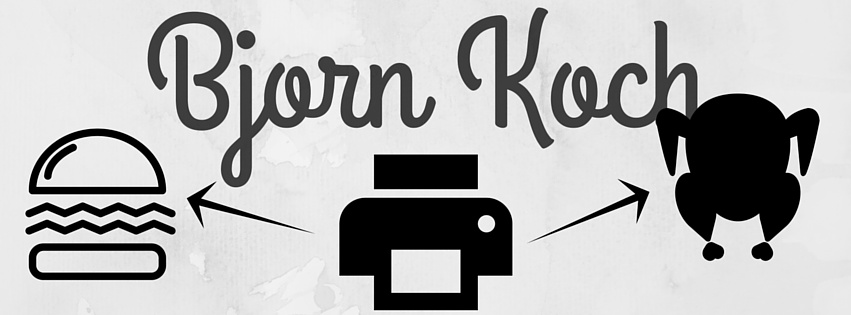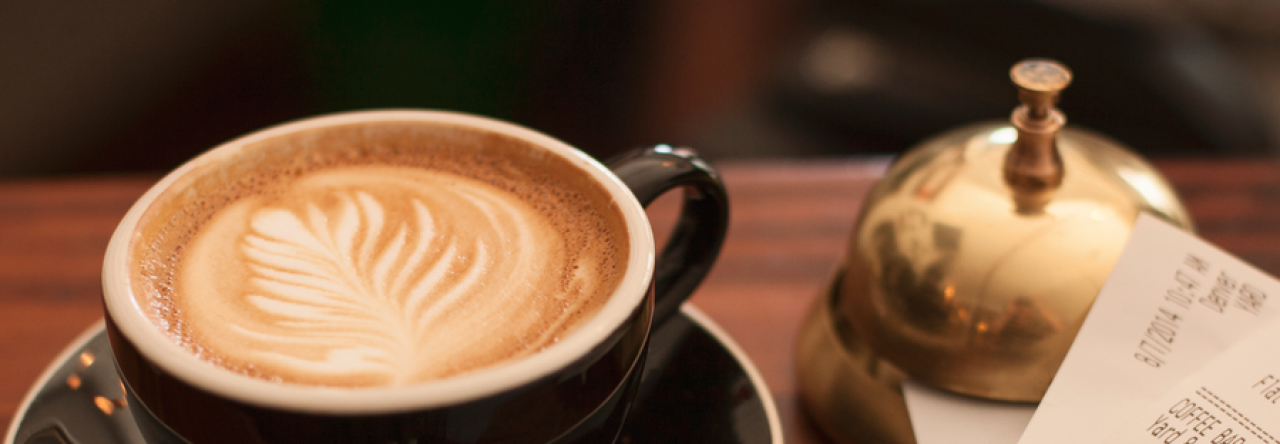
When you choose to dine upscale, you’re not just choosing better taste. You’re choosing a better atmosphere, a better ambiance and a better dining experience through and through. When you make the decision to pass up the McDonalds or Kentucky Fried Chicken on your way to a restaurant, you’ve made the decision not to receive your food wrapped in a piece of paper or served out of cardboard. You make this decision because presentation, of course, adds to any dish. Have you ever tried to recreate a recipe or dish you found online but simply could not get your food to look (or taste, but that’s another matter) like the food pictured?
Well, maybe you should have just printed your food.
That’s what Food Ink, a restaurant opening in London later this month, is trying to do. That’s right–everything in the restaurant, from the tables and chairs down to the food you eat, is entirely 3D printed.
Three-dimensional printing is a phenomenon that has taken off in recent years. By using filaments that vary widely in terms of cost, composition and durability, 3D printers are able to do exactly as their name implies: use blueprints to “print” a three-dimensional image in real life.
Food Ink is the first restaurant to offer its patrons a menu chock full of 3D printed delights. The nine-course meal that the restaurant offers will be served to a very limited group of guests when the restaurant features its limited opening on July 25, 26 and 27th. Between the serving of the full course meals, Food Ink will open its doors to the public for tasting and exploration of the tools of the trade: the 3D printers, edible materials and 3D printing pens.
While the cost of the VIP tickets to experience the full meal are understandably expensive, those who have the funding to afford attendance will be offered a meal unlike any they’ve ever had before, seemingly.
The restaurant, according to its website, wanted to highlight the importance of technology today. And as technology like 3D printing has gone from a far-off fantasy to very much a reality today, Food Ink has reimagined the possibilities of 3D printing.
“The goal of Food Ink is to use the universal language of food as a fun and accessible way to promote awareness about the amazing possibilities of 3D-printing and other promising new technologies.”
While the selection at Food Ink may be limited for now (the menu is still under wraps, they refuse to release it to the public just yet), the use of 3D printing in food service could just be beginning. As Food Ink claims on their website, drawing attention to the possibility of 3D printing technology being implemented in new and exciting ways could open the eyes of many in the near future.

